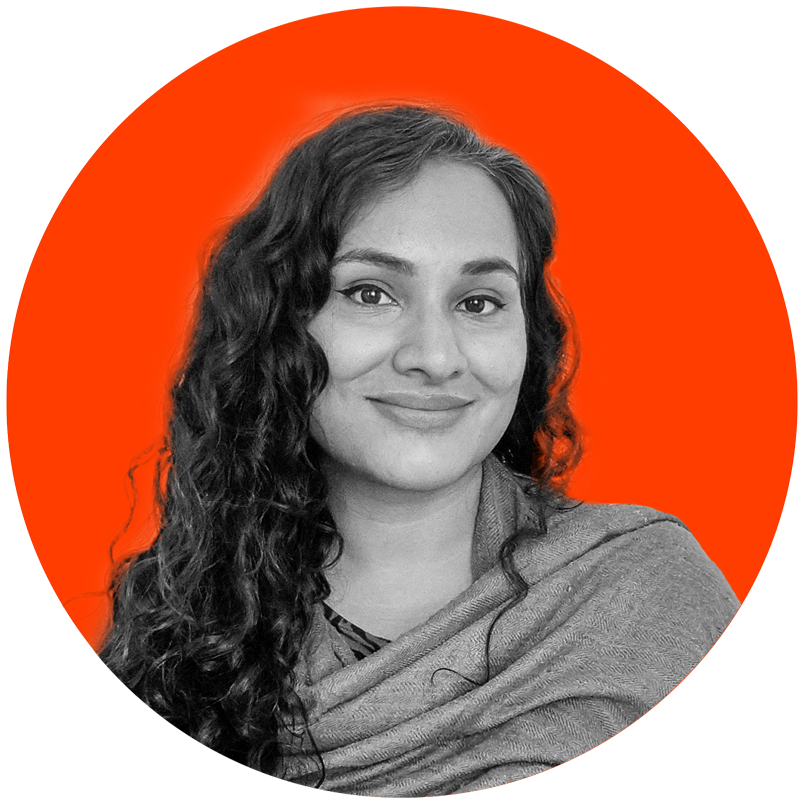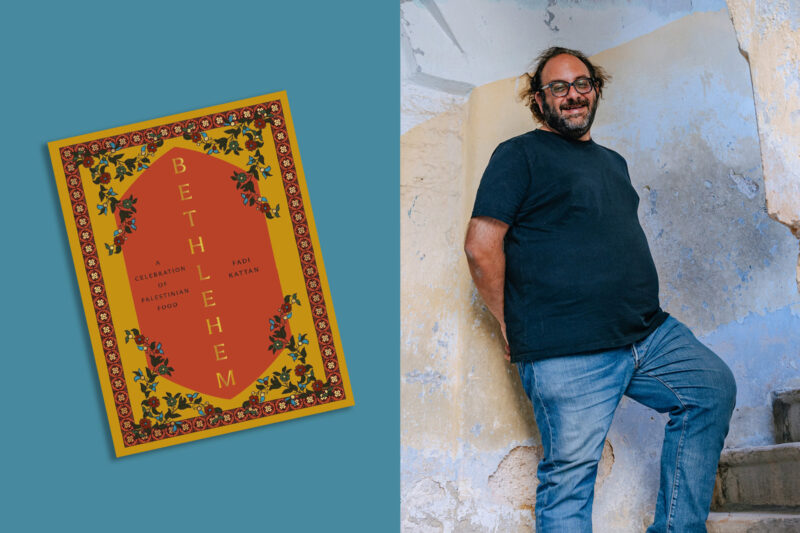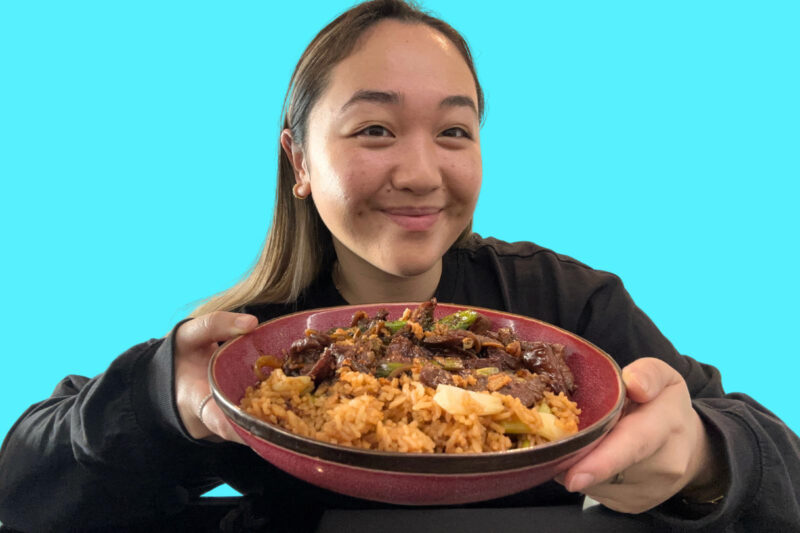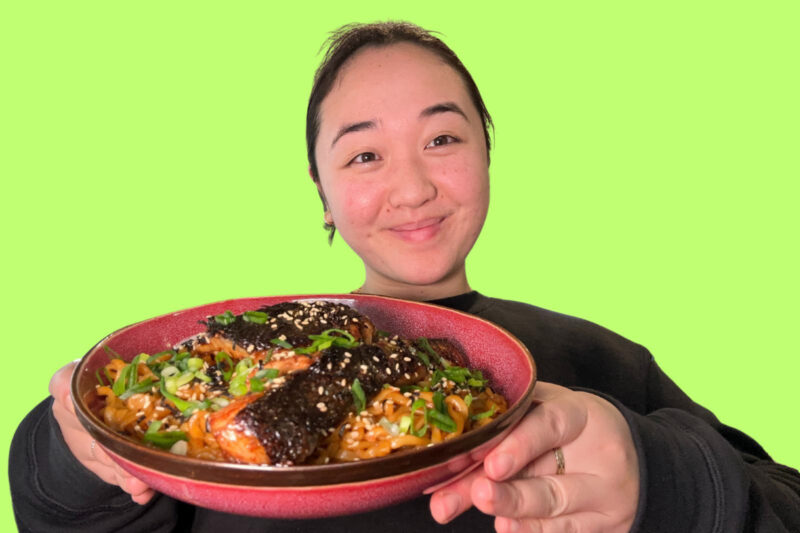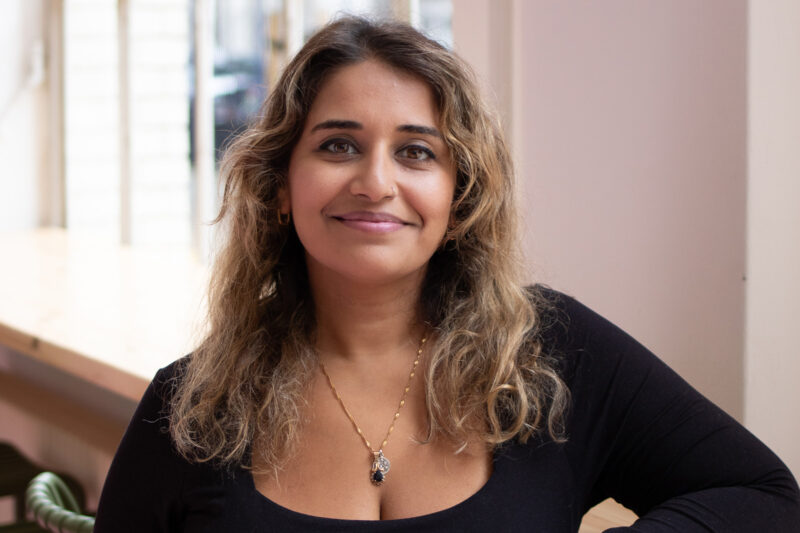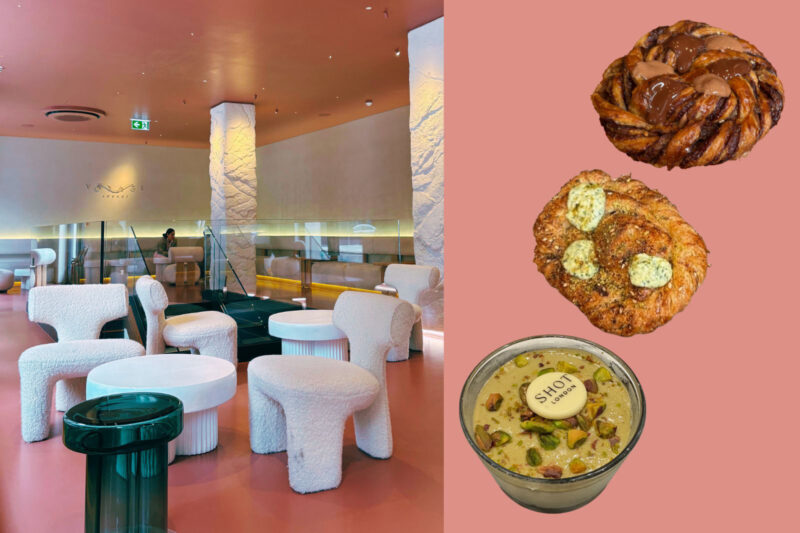Recipes to remember
South Asian food culture is often intuitive, improvisatory and passed on by word of mouth. Preserving it can be uniquely challenging
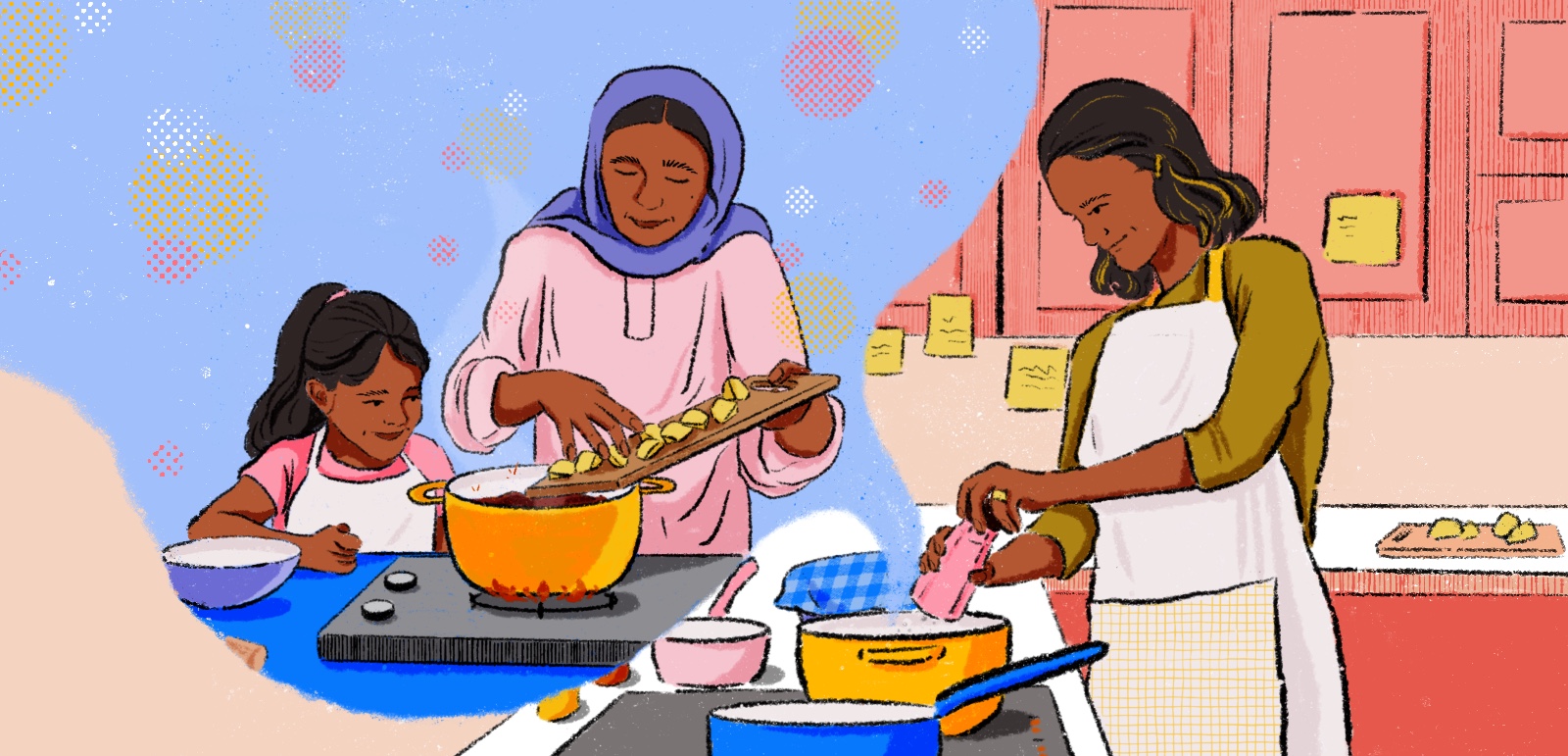
For years, I believed that a standard cup measure was the size of the child’s beaker my mum used to keep in a giant bag of basmati rice, stowed away inside a plastic bin in the garage. She made flawless dishes using that tumbler, but when I prepared my first lamb pilau away from home, I ended up with enough for a dozen people and eventually had to offload boxes of the stuff to the people in the flat upstairs.
I’ve never seen my mum use a teaspoon, scales or any other standard measure to prepare a meal. She cooks everything “andaazay se” — an Urdu phrase meaning to eyeball or guesstimate. Because she is able to create incredible meals off the cuff, she assumes everyone else can do it too. In doing so, she creates numerous problems for anyone trying to follow one of her word-of mouth recipes and underestimates the depth of her own culinary skills.
Occasionally, I’ll videocall her for cooking tips while she’s reading in bed. I’m usually greeted by a half-illuminated face on the screen, one side sheathed in darkness. When I query which spices to use in a given dish, she’ll reply “All the regular ones”, as if I’m supposed to know exactly what that means. If I inquire how much onion I need for a given dish, she’ll close her Qur’an, set it on the bedside table and look at me quizzically. Then she’ll lift her palm to indicate a handful and push it so close to the screen that everything becomes a blur.
Mum is also in her 70s and hard of hearing, so she’ll often shout ingredients at me like an angry sergeant major — “GARAM MASALA! I SAID GARAM MASALA!” — until I remind her to turn on her hearing aid.
Cooking is in my mother’s bones and I absorbed most of my earliest lessons simply by being at her side in the kitchen. I watched as she put blobs of pakora batter in a wok of smoking oil, snapped fresh green chillies into bubbling curries and made perfectly circular rotis with an old rolling pin. I remember the pressure cooker whistling in the background, the summer air wafting through the open window and my dad standing at the sink, removing the seeds from a yellow cantaloupe and passing me sweet chunks on the tip of his knife. It was in that setting that my mum showed me that we don’t need specific ingredients to cook with; the ingredients require us to cook with them.
All of that was perfectly fine until I grew up, moved away from home and started to work as a food writer and recipe developer — a job in which telling readers to eyeball ingredients is pretty much a sackable offence. While I have mastered how to improvise in the kitchen, it’s tricky to teach my mum’s lamb bhuna recipe to other people when I haven’t been able to replicate it perfectly myself. I’ve accepted that my version will never be quite as delicious as hers, because she doesn’t tell me what she’s doing and works too fast for me to notice when I’ve missed a key step.
My experience of learning from my mum mirrors that of Asma Khan, chef and owner of the award-winning London-based Indian restaurant Darjeeling Express: “I learned by watching and listening to my mother,” she told me. “I spent many hours in the kitchen when I was young. I think that was an immersive experience, which helped me later when I started to cook. I remembered the sound of the mustard seeds popping, the aroma of the garlic getting caramelised. For me, it is etched in my memories.”
Khan’s latest cookbook, Ammu, is a tribute to her mother Faizana. Described as “an exploration of the inextricable link between food and love”, it is her way of passing on the legacy of Bengali recipes that she inherited from her mum’s kitchen in Calcutta.
Often, as a child of immigrants, you don’t have much in the way of physical family keepsakes, but cooking is an heirloom skill
It pains me that my chances to watch and learn from my own mum are dwindling. Living in Surrey while she’s 200 miles north in Bradford means that my children, who don’t speak fluent Urdu (Mum’s primary language) have lost that link too. As my parents age, it feels urgent to master and document my family’s recipes, not simply because they taste delicious but because each one is tied to my childhood, my family and my heritage.
Often, as a child of immigrants, you don’t have much in the way of physical family keepsakes, but cooking is an heirloom skill, handed from one generation to another. I’ll lose this culinary heritage if I don’t ask the right questions.
I’m conscious that I’ve already lost, or perhaps not even experienced some of it. Mum grew up in Pakistan surrounded by people of the same faith and the same colour, who shared the same names and ate the same food. I did not. I’d like to treasure what I do have and give it the value it deserves, especially now we have the technology to document things better and more easily.
Zabada Sheikh, 50, an online primary school tutor and ESOL teacher from Wiltshire, started making videos of her 73-year-old mum, Butal, at work in the kitchen. In a recent tweet she mentioned adding her own commentary to the clips to make the recipes easier to follow.
“After my dad died I realised my mum’s recipes would be lost to us once she died if I didn’t find a way of recording them,” Sheikh told me. “I started videoing her cooking, asking her questions about the process as she was doing it. I think she enjoys making the videos with me, especially when she tells me, ‘Not like that — do it like this. How many times do I have to show you?’ I’m a teacher and there’s nothing like a ticking off from your mum to make you feel like you’re five years old again.”
How am I passing on my mother’s knowledge on to my three young children? First, I keep asking her questions, even when I know she’ll spend a quarter of an hour telling me how fennel seeds aid in the production of bigger and better bowel movements. I have yet to establish whether or not that is true but, by asking a series of step-by-step questions, I have learned why my mooli parathas were coming out dry. (I was salting the shredded radish too early and squeezing out too much juice.)
Second, I get my children involved in the kitchen, handing them mini rolling pins and balls of dough so they can make their own parathas. They may squish the ingredients through a Play-Doh machine and stab the resulting mess with coloured pencils, rendering it inedible, but at least they are learning what food should feel like in their hands. My two-year-old has already taken to pushing a chair up to the kitchen counter whenever I pull out a mixing bowl and shouting a list of ingredients at me — “EGGS! FLOUR! SHOES!” — in a resounding voice that reminds me of my mum’s.
I also try to document what I’ve been cooking on Instagram, in the hope of creating an archive that my children can look back on one day when I’m not around. But I do wonder if Instagram will still be accessible by then.
In 2019, Farrah Yusuf, a writer from north London, was sorting through a pile of her late mother’s things. In a stack of papers she found a Post-it note with instructions on how to make her mum’s signature naans.
“I cried for ages,” Yusuf said. “It was a moment that represented so much more than what it was. I underestimated how much I would miss her food.”
Yusuf hasn’t followed the recipe yet but says knowing that one day she can recreate something so emblematic of her mother is a great comfort. “The thing I love about the Post-it is that it’s in her handwriting,” she added.
Yusuf told me that the experience has prompted her to start writing down her own recipes in a notebook that she can pass on to her daughters. It made me think that I should do something similar. Later, I called my mum to say that I might visit with the kids over the summer and make some videos of her cooking. She moved her phone so I could, finally, see her clearly on the screen. “Yes. You must,” she shouted. “I will teach them all.”
 Newsletter
Newsletter

